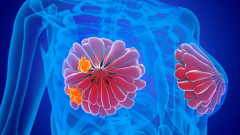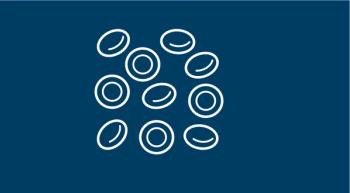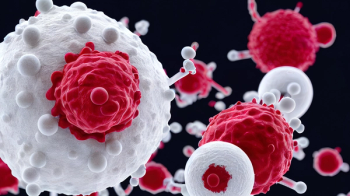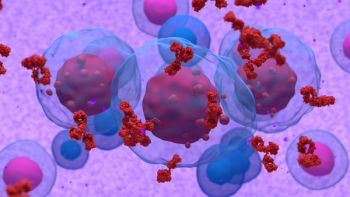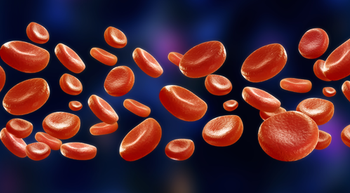
Routine Helps Patients With Breast Cancer on CDK4/6 Inhibitors Gain Independence
Establishing a routine early in treatment helps proactively manage adverse effects associated with CDK4/6 inhibitors, says Kimberly Podsada, BSN, RN, MSN, NP-C, CNS.
Episodes in this series

Management of adverse effects (AEs) associated with CDK4/6 inhibitors is a concern of nurses and advanced practice providers (APPs) who work with the drug class, especially those who work in rural areas, according to Kimberly Podsada, BSN, RN, MSN, NP-C, CNS, a nurse practitioner at the University of California San Diego.
Following a Case-Based Roundtable discussion with her peers, Podsada, moderator of the discussion, explained that the AE profiles of CDK4/6 inhibitors was an almost unanimous concern among participants, despite most participants having familiarity with the drug class.
Podsada elaborated that managing associated AEs becomes more complicated in settings where it is harder to keep track of patients. However, Podsada added that leading with extra attention to patients allows them to create a solid care routine so that, further down the line, they will require less monitoring and become more independent.
Podsada also mentioned that a lack of
Transcript
Everyone was familiar to some degree with
Over time, they have all learned to manage the AEs, but it seemed like a lot of [attendees at the event] were discussing management of [adverse] effects. That still seemed to be the biggest challenge for them, and some of them were also in more rural communities. There are questions such as: How are we going to get someone’s labs done? How are we going to get an EKG done? How are we going to get them back for visits, incorporating video visits or using reminders to call the patient to check on them? And asking patients, “Do you know that you have your labs?”
It seems to take a lot of hand-holding up front, and then things get better, which has always been my practice. I’ve always felt that if you’re giving a lot of attention and focus on AEs early on, patients like that support. Then they get into the rhythm and the routine of things, and they don’t need as much help. They just need to get over that hump of also learning the drug and the AEs that they have.
This transcript has been edited for clarity and conciseness.
Newsletter
Knowledge is power. Don’t miss the most recent breakthroughs in cancer care.







